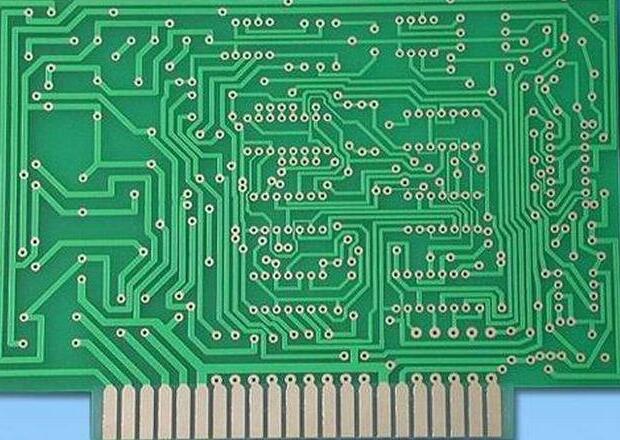Ceramic PCB guides LED core differentiation strategy
The competition in the domestic LED industry has entered an extremely fierce state, and the price war is no longer to be fought. The channel is king, but what if the channel cannot match the price? That is the differentiation strategy we often say. It is to make something that can cater to the market while being different from others. This is also implicitly promoting the progress of the industry. Domestic LED manufacturers are now differentiating this card to play a variety of things, which is dazzling.
It can be seen that these lamps are really good-looking. They are perfectly different from other ordinary LED lamps in terms of appearance. Consumers are also willing to pay for these designs. However, the market for special-shaped lamps is no longer a blue ocean. I believe it will not be long. It will also enter the ranks of white-hot vicious competition like ordinary LED lights. After all, differentiation should start from the core, and building a core differentiation strategy is the long-term way.

The development direction of LEDs is high-power and small-pitch. If there is no way to improve the luminous efficiency on the basis of the original plan, why not do more research and development of higher power and smaller pitch? Greater power and smaller spacing means that higher heat dissipation problems must be solved. Then aluminum nitride ceramic PCB is undoubtedly the best choice.
Aluminum nitride ceramics are very popular among electronic application materials in recent years because of their high thermal conductivity (theoretical value is 280W/mK, which is five to eight times that of alumina ceramics), low dielectric constant and dielectric loss, Good electrical insulation, low thermal expansion coefficient (close to 4.2*10-6/ degree Celsius of silicon and 5.7*10-6/ degree Celsius of gallium arsenide), and no toxicity of beryllium oxide. Therefore, aluminum nitride ceramics can be used in a wide range of applications. For example, it can be applied to semiconductor and microelectronic circuit packaging substrates, high-brightness LED chip carrier substrates, automotive electronics and lighting components, and high-power electronic components heat dissipation materials. Potential to gradually replace other ceramic substrate materials.
Stoneon uses high-temperature and high-pressure process technology to develop high thermal conductivity aluminum nitride ceramic PCB. Although this technology requires relatively high equipment construction costs at the initial stage, the production speed can be accelerated after the equipment is established. The PCB produced by this method has better compactness, good mechanical strength, and higher thermal conductivity. It can also be made into a wafer-level PCB and used in 8-inch semiconductor elimination equipment. Stone has many years of experience in ceramic manufacturing and sintering, and has invested a large amount of money on its own to build related equipment to develop high-density, high-thermal-conductivity wafer-level aluminum nitride ceramic PCBs with high-temperature and high-pressure processes without sintering distortion problems. At present, Stone has invested in research and developed 4-inch and 8-inch insulating and high thermal conductivity wafer-level aluminum nitride ceramic PCBs. In the future, it will continue to develop 12-inch wafer-level aluminum nitride ceramic PCB technology.
With this support, if domestic LED products do not iterate and upgrade in time and build their own core differentiation strategy, they will definitely miss the big cake of LED.